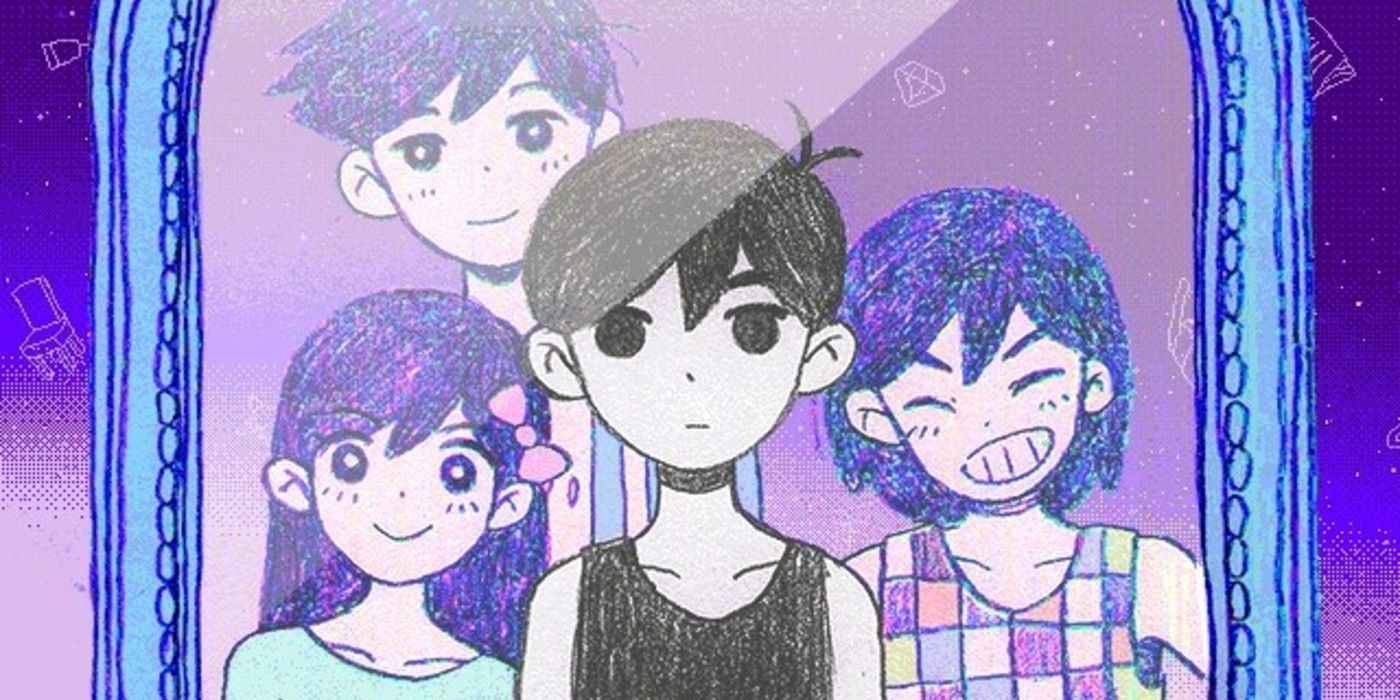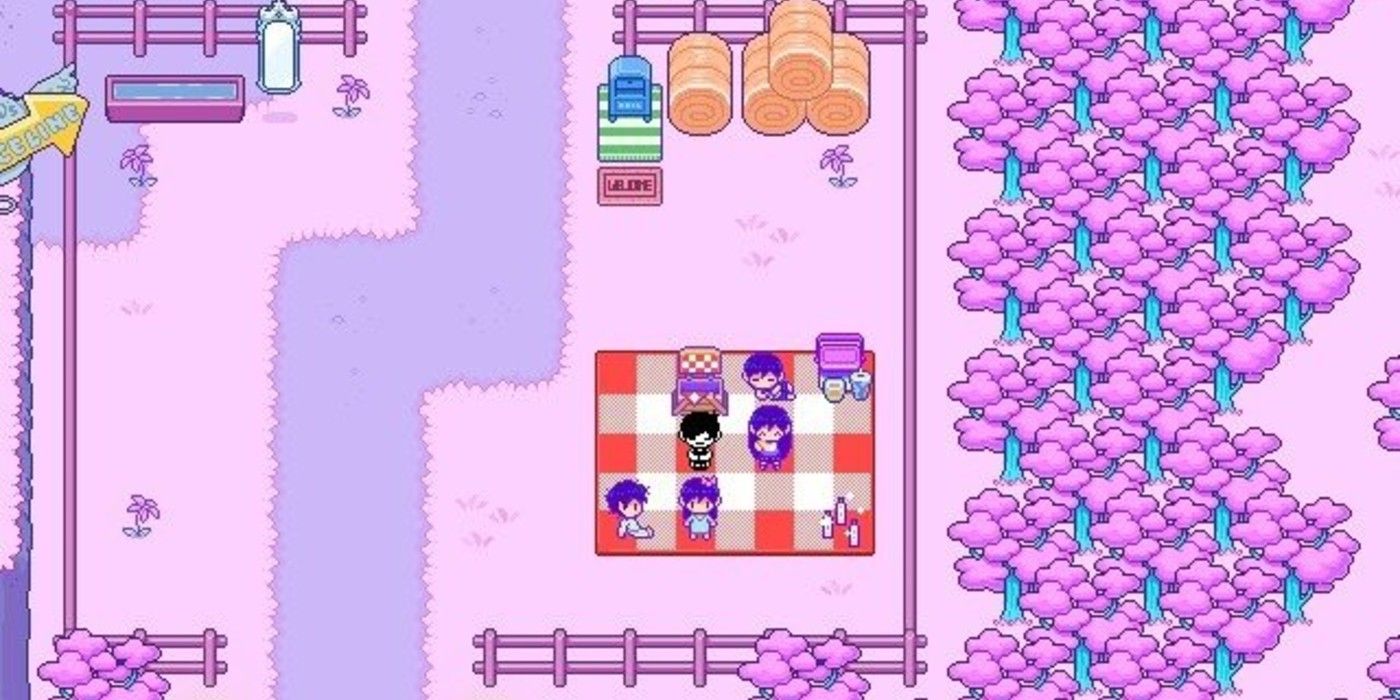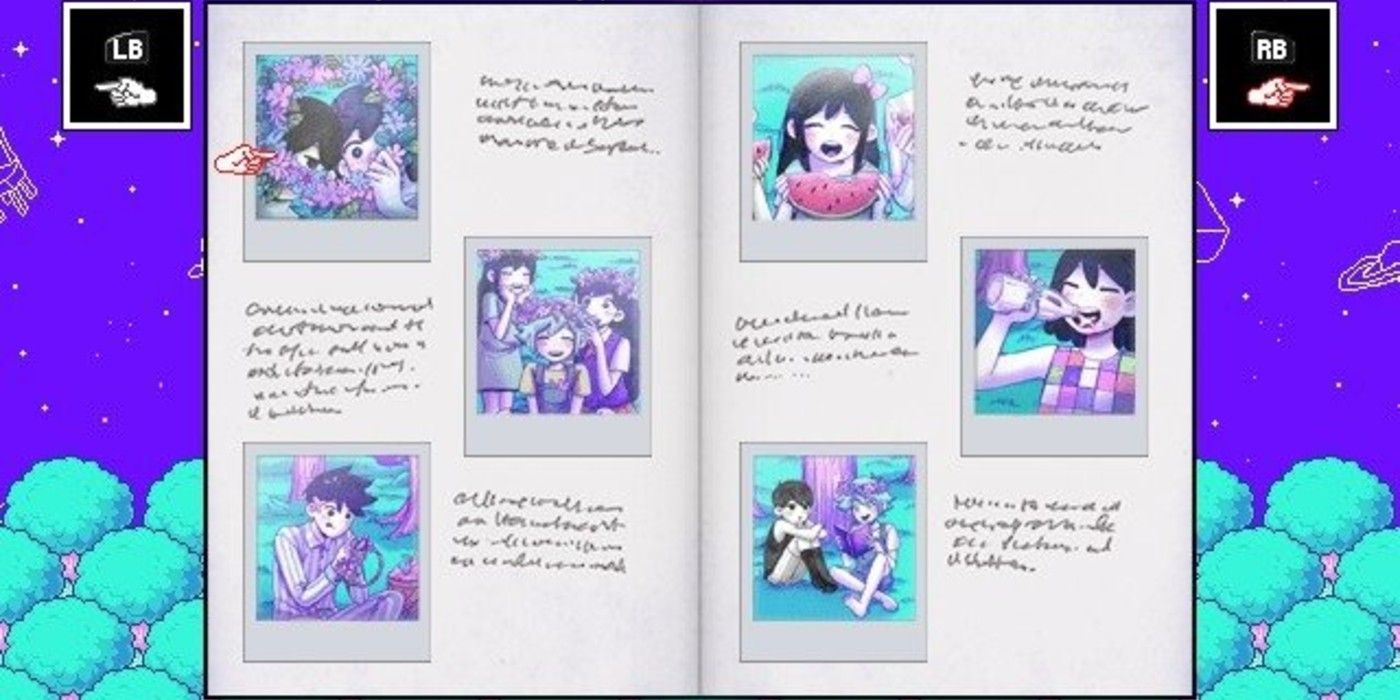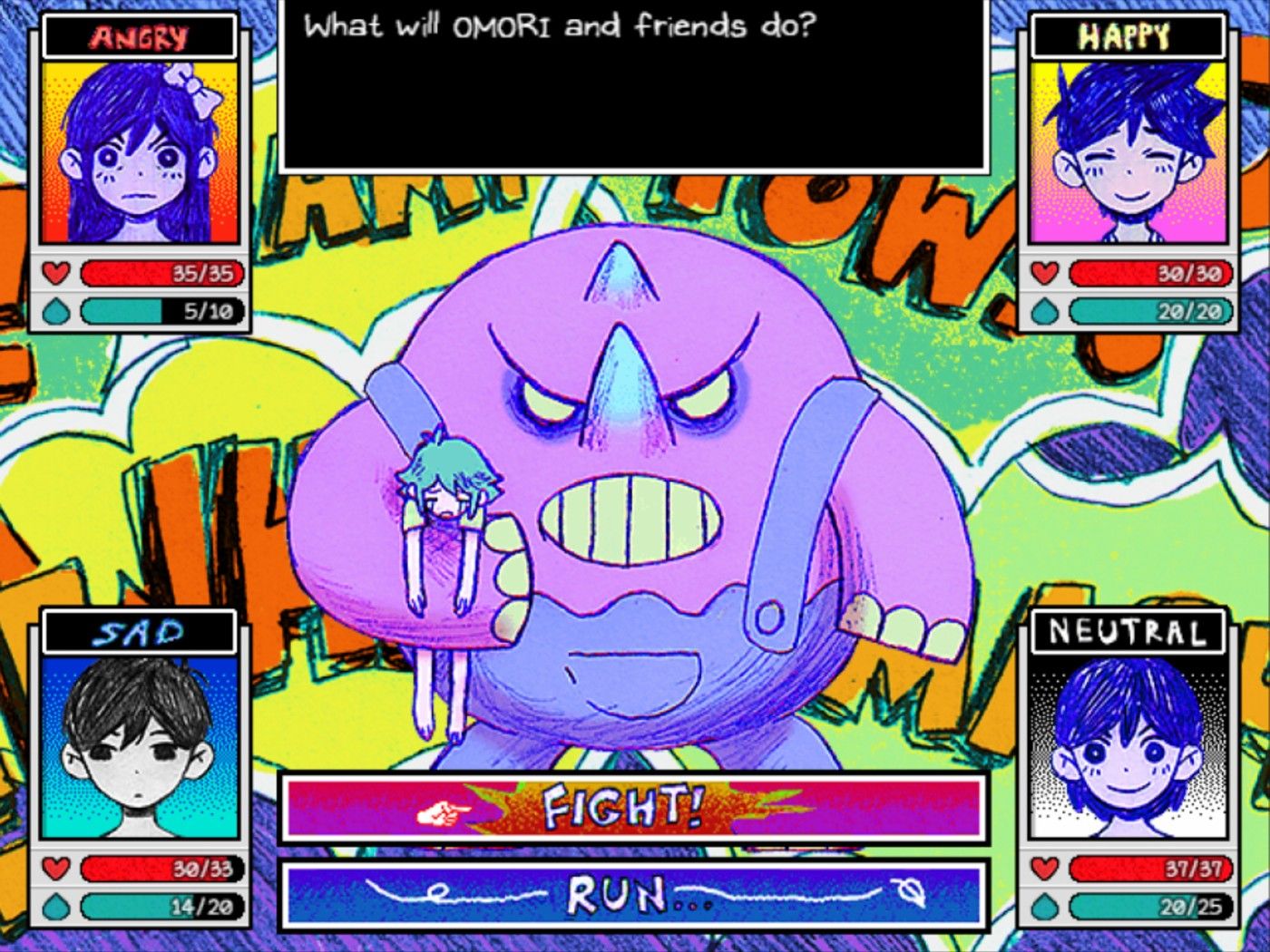There are many ways for a video game to be beautiful. Maybe its graphics and art are reminiscent of classical pieces, or its music transports the player to another world, or the characters and story resonate in such a way that it's hard to believe the game is only a work of fiction. Omori is beautiful because of its charming world, lovely characters, fun gameplay and dark themes.
Omori first popped up on Kickstarter in 2014 with a $22,000 goal to create this psychological horror RPG. The game was being developed by OMOCAT, a talented indie illustrator with her own clothing label and online store. The team received almost 10 times what they originally asked for in crowdfunding, ending with a substantial $200,300 to develop the indie game.
Originally slated for a May 2015 release, Omori was delayed so the team could add more content and polish. The finished product was released on Dec. 25, 2020, and all that can be said is OMOCAT and her team deserve sincere congratulations for creating a modern gaming masterpiece.
Omori wears its Yume Nikki and Earthbound inspirations on its sleeve, but still manages to carve out its own identity among these surreal pixel RPGs. The game opens on the player, Omori, waking up in an empty void called White Space. All they have is a sketchbook of odd drawings, a laptop, a black light bulb, their cat and a tissue box for "wiping your sorrows away."
After leaving White Space is when the charm of Omori really hits the player in the face. Omori is greeted by his friends Kel, Aubrey, Hero, Basil and his older sister, Mari. There's a sweet sincerity to how these kids speak with each other and it's evident by how many photos Basil takes of them just hanging out together, that they genuinely enjoy each other's company.
The characters all have a well established dynamic with each other that makes any moment of interaction pleasant and adorable. Aubrey and Kel butt heads like young kids often do, and Hero, as the older one, tries to be mature by mitigating the two's arguments. Mari acts like a supportive older sister to Aubrey, Kel, Basil and Omori, and it's genuinely heartfelt seeing her try to offer advice no matter the situation. Yet, there's a kick to the older girl that's fun to watch in how she loves to flirt and tease Hero and enjoys freaking out the younger kids with ghost stories and urban legends.
As players explore with their friends, they'll find the environments of Omori to be something out of a surreal dream world. NPCs are monsters or talking animals and the locations to discover can be simple as a playground or as out of this world as another planet. In Otherworld, players will find a house shaped like a dragon where a small centaur lives, surrounded by awards he's won for being a small centaur. There's plenty in terms of variety to explore, a personal standout being Sweetheart's Kingdom, a palace under the control of an obnoxious and maniacal magical girl with small, stupid plant citizens called Sprout Moles.
Omori rewards players for stepping away from the main story to take in its world and numerous sidequests. Various locations are dotted with little areas for the kids to rest from their mission and enjoy the scenery. In Sweetheart's garden, players will find a spot where Aubrey and Hero can have a short tea party, and bits like this really remind the player that these are just kids who just like to play and have fun.
The various sidequests are also worth discovering. At one point, one of the playground kids, Berly, will ask Omori to retrieve her lost ball in the woods. It seems simple at first, but if Omori and his friends go out of their way to do it, Berly will then teach Aubrey her secret technique: Headbutting.
It's a cute moment, on top of teaching Aubrey one of her best skills in the game, but that's not all. Once Omori goes to Otherworld upon Aubrey learning "headbutt" and receiving her "Butt Certificate," Kel will pitch the certificate up like a flag. It's another adorable moment, and one the player could miss entirely by not exploring the game past its main story.
While its combat is not a massive leap forward in terms of RPG gameplay, Omori still manages to be very inventive. The most unique mechanic draws from tabletop games like Masks: The party's emotions can affect their stats and damage output.
If Aubrey, for instance, is Angry, her attack is much stronger, but her defense will be reduced. Likewise, if Omori is sad, his defense will rise, but his speed will go down. Finally, if Kel is happy, he has higher speed, but lower accuracy. What's more, emotions work like rock-paper-scissors, with Happy strong against Angry, Angry strong against Sad, and Sad strong against Happy. Balancing these emotions to know what works best for what foe is where the real fun of combat comes in, as players can alter their opponent's emotions just as easily as they can their party's.
More so, the game's mix of pixel art and sketchy, hand-drawn animation loops can really add to the game's charm. Enemies also seem to be pulled right out of a kid's sketchbook. For example, the bunny enemies seem too cute to attack. There are also characters like the intimidating Pluto, whose goofy biceps feel exactly like something a kid would draw on the planet to make it look cooler. Yet, the way Omori's art can evoke this child-like charm, it can very similarly instill fear and dread.
There's a real sense that all is not what it seems in Omori's world. The monochrome boy suffers from quite a few phobias and how he perceives them is alarming, to say the least. Occasionally, he sees visions of a dark shadow figure with a single eye staring at him, and the mix of sharp editing and sound effects works well to catch the player off guard whenever it happens. Something has been tormenting Omori, and the payoff to finding out what that is, is not just narratively satisfying, but incredibly heartbreaking.
There's so much more about Omori that's worth discovering through gameplay. It's hard to imagine the strain of expectations put on OMOCAT and her talented team, especially for their game to come out five years after its intended date. In the end, though, they delivered something truly special with Omori. This is a game with so much love poured into it that it can be felt in everything from its art to its music, gameplay and story.




